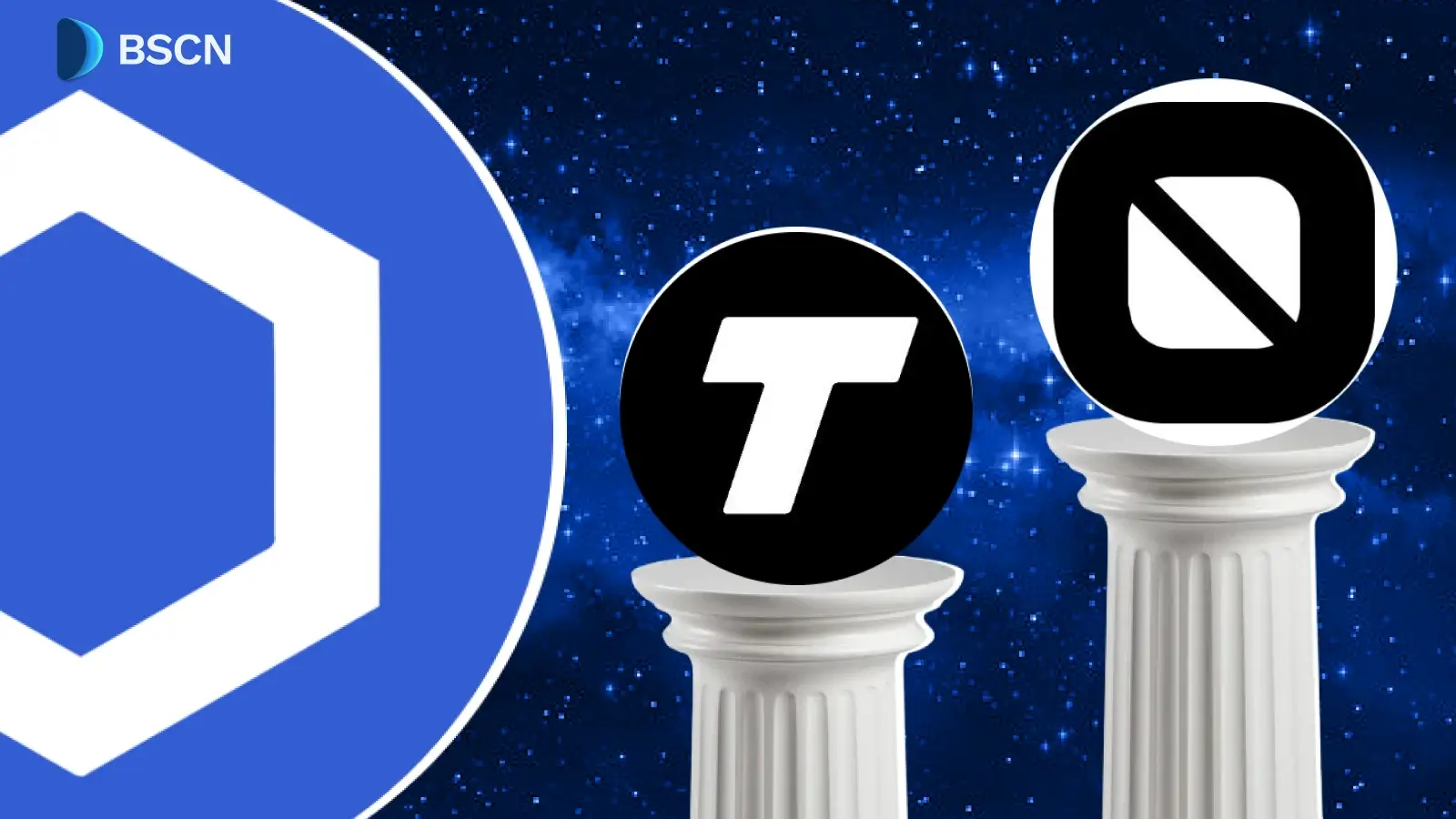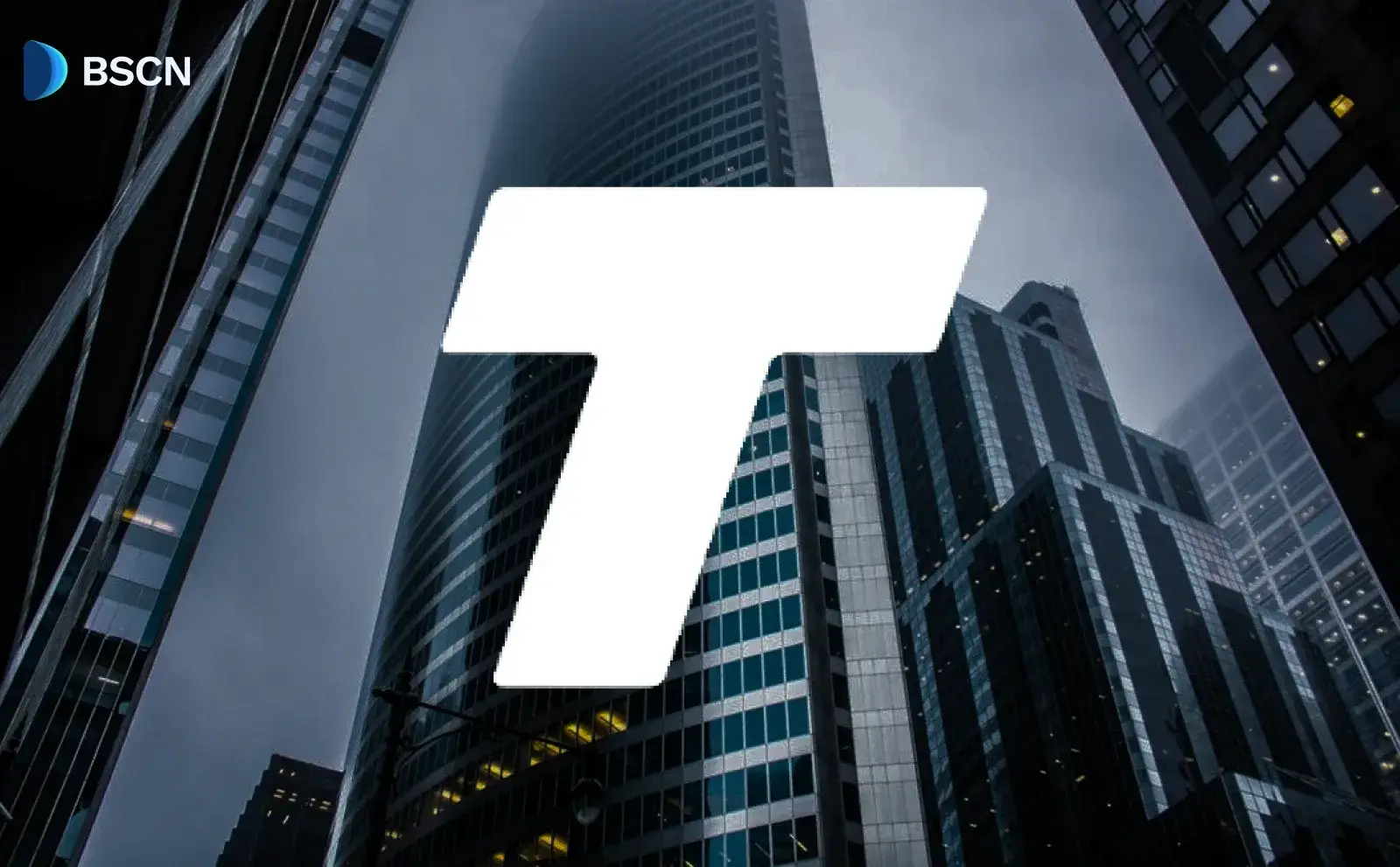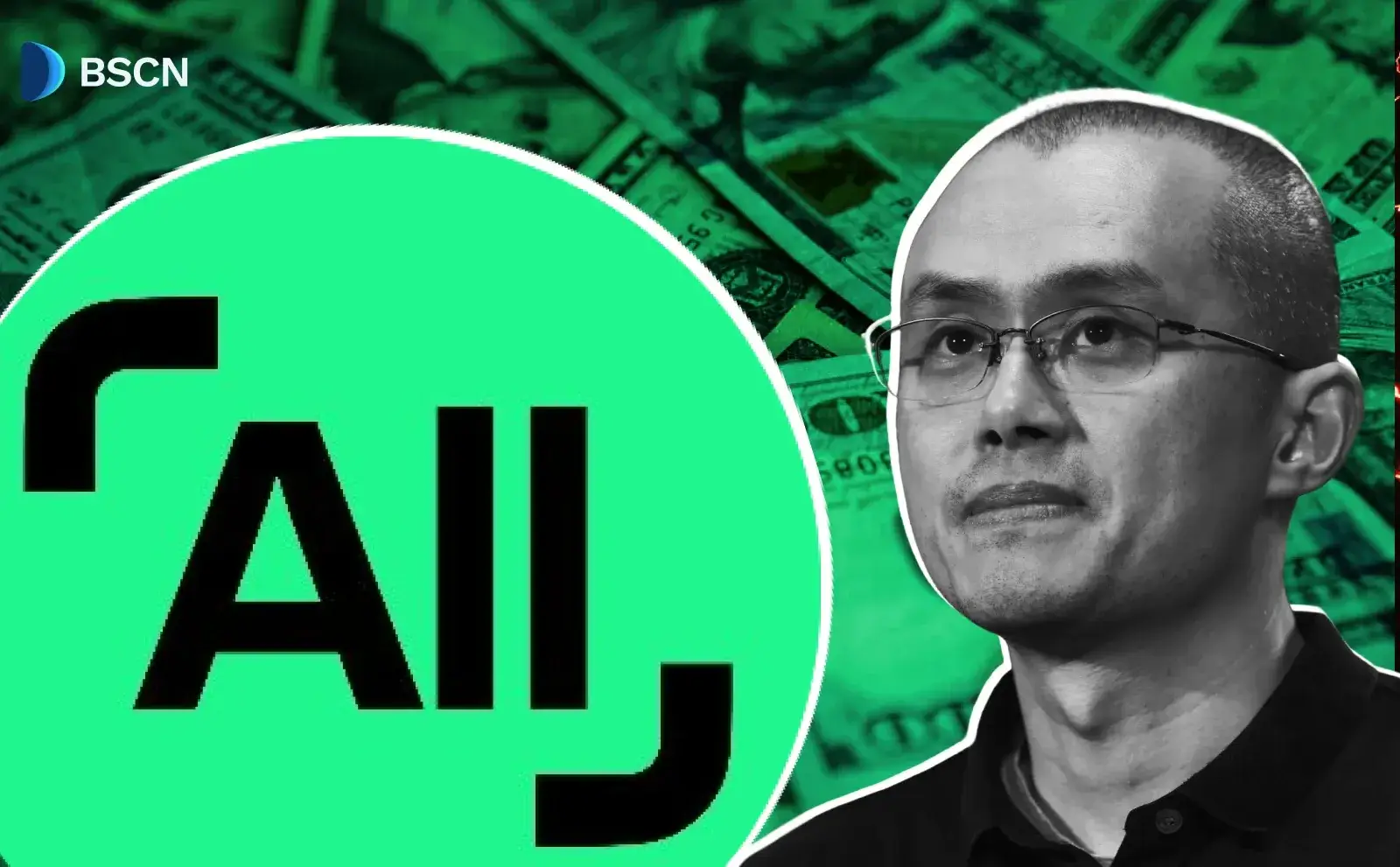News
(Advertisement)
Indonesia Confirms Plans for Bond-Backed Stablecoin Under Project Garuda

Bank Indonesia confirms plans to issue a national stablecoin backed by government bonds under Project Garuda, strengthening digital rupiah development.
Soumen Datta
October 31, 2025
(Advertisement)
Table of Contents
Bank Indonesia Moves Ahead With Bond-Backed Digital Rupiah
Bank Indonesia (BI) will issue a national stablecoin backed by government bonds (Surat Berharga Negara, SBN), according to Governor Perry Warjiyo. This move is part of Project Garuda, the central bank’s long-term plan to build a central bank digital currency (CBDC)—the digital rupiah.
The announcement, made during the Indonesia Digital Finance and Economy Festival and Fintech Summit 2025 in Jakarta, confirms that the next phase of Indonesia’s CBDC will combine the security of central bank money with the stability of an asset-backed token.
Governor Warjiyo stated,
“We will issue Bank Indonesia securities. We have a digital version, a digital Bank Indonesia rupiah with underlying government bonds, and a national Indonesian stablecoin version.”
This confirms that the digital rupiah will be supported by tokenized government securities, creating one of the world’s first sovereign stablecoin models tied to state debt instruments.
A Digital Currency Backed by State Bonds
Unlike most central bank digital currencies, which are only backed by monetary reserves, Indonesia’s design links the digital rupiah to government bonds through tokenization. Each digital token will represent a claim on real SBN holdings, recorded securely on blockchain infrastructure.
This approach aims to ensure:
- Price stability through asset backing
- Transparency in issuance and redemption
- Liquidity via faster bond settlement
- Reduced costs through blockchain automation
Through the use of bonds as collateral, the digital rupiah serves as a bridge between traditional debt markets and the digital economy.
Integrating Stablecoin Mechanics into CBDC Design
The central bank’s plan effectively merges CBDC and stablecoin structures. Traditional stablecoins—like those pegged to the US dollar—are usually issued by private firms and backed by commercial assets or fiat reserves.
In contrast, Indonesia’s model will:
- Be issued and controlled by the central bank
- Be backed by government bonds, not private reserves
- Operate under strict regulatory supervision
- Serve as legal tender within the national payment system
This design reduces credit and issuer risk, two major concerns associated with private stablecoins. It also gives Bank Indonesia full control over issuance, redemption, and circulation—strengthening its ability to implement monetary policy in a digital economy.
Project Garuda: Three Pillars of Indonesia’s Digital Finance Plan
Governor Warjiyo said the project’s next stage focuses on three main areas:
- Expanding innovation and acceptance – Building a digital ecosystem that encourages adoption of CBDC in daily financial activities.
- Strengthening industrial structures – Integrating financial institutions, fintechs, and regulators to support digital asset use.
- Maintaining financial stability – Ensuring that digital assets, including stablecoins, align with national policy goals.
Under Project Garuda, BI aims to establish a CBDC infrastructure that supports both wholesale and retail operations.
- The wholesale phase will focus on interbank settlements, securities trading, and cross-border transfers.
- The retail phase will later extend digital rupiah access to individuals and businesses nationwide.
Role of the Financial Services Authority (OJK)
The Financial Services Authority (OJK), Indonesia’s financial regulator, plays a key role in supervising digital asset activities.
Dino Milano Siregar, Head of the OJK’s Financial Sector Technology Innovation and Crypto Assets Department, recently emphasized that stablecoins already operate under regulatory oversight.
"The Financial Services Authority (OJK) ensures that stablecoins are included in the exchange monitoring system and the supervision of each trader. Therefore, we have established certain rules that must be met," he said during a CNBC Indonesia event.
OJK requires industry participants to:
- Comply with Anti-Money Laundering (AML) standards
- Submit regular transaction and audit reports
- Maintain asset transparency and consumer protection measures
While stablecoins are not yet official currency, they are already used in hedging, remittances, and cross-border payments due to their relative stability.
Why Bond-Backed Stablecoin Design Matters
The combination of CBDC infrastructure and bond-backed stablecoin is designed to strengthen Indonesia’s monetary system and prevent reliance on privately issued digital assets.
Key distinctions from private stablecoins:
- Sovereign backing: Directly supported by government bonds.
- Legal clarity: Issued by the central bank under national monetary law.
- Public trust: Backed by state creditworthiness rather than private issuers.
- Regulatory integration: Operates within existing banking and AML frameworks.
Officials expect that this structure will preserve monetary sovereignty while enabling more efficient, programmable, and cross-border payments.
Technical Design and Interoperability
Deputy Governor Juda Agung previously confirmed that BI has completed a proof-of-concept (PoC) for the digital rupiah. The findings will guide the next development phase, emphasizing scalability and operational readiness.
The system’s technical design follows international interoperability standards, including ISO 20022, ensuring compatibility with global payment systems.
This design will allow the digital rupiah to function across both domestic and international platforms, supporting integration with banks, fintechs, and regional payment systems in Southeast Asia.
How Indonesia’s Model Differs from Other CBDC Projects
Globally, several central banks are developing digital currencies—but Indonesia’s model is distinct.
- China’s e-CNY emphasizes retail use and strict state control.
- Bahamas’ Sand Dollar targets financial inclusion in island economies.
- Singapore’s Project Orchid and Hong Kong’s e-HKD focus on programmability and private sector cooperation.
Indonesia’s bond-backed CBDC blends both public trust and asset-backed stability, introducing stablecoin mechanics directly into its national digital currency.
By tokenizing government bonds, BI aims to link fiscal instruments with monetary policy—something few central banks have done
Regulatory Context and Market Conditions
In Indonesia, cryptocurrencies and stablecoins are not legal tender, but they are regulated commodities under the supervision of OJK and the Commodity Futures Trading Regulatory Agency (Bappebti).
Industry participants must follow strict KYC and AML regulations, even though digital assets are not recognized for payments.
This controlled environment allows regulators to monitor risks while fostering innovation. Stablecoins backed by tangible assets, such as U.S. Treasury bills or gold, already have a strong user base in Indonesia, especially for cross-border transfers and trading.
The introduction of a bond-backed, state-issued stablecoin is expected to enhance user confidence and streamline digital asset settlement.
Worth noting, Indonesia ranks seventh in the 2025 Global Crypto Adoption Index, highlighting its fast-growing interest in blockchain technology, decentralized finance (DeFi), and Bitcoin.
The government’s broader goal is to digitize national payment systems, modernize monetary policy tools, and bridge traditional markets with blockchain-based finance.
Conclusion
Bank Indonesia’s plan to issue a bond-backed national stablecoin marks a major step in its digital finance roadmap.
By combining the trust of a central bank-issued CBDC with the stability of government-backed assets, the project offers:
- Transparent and efficient payment infrastructure
- Strong regulatory oversight
- Reduced volatility compared to private digital tokens
- Enhanced integration with bond markets
As Project Garuda moves forward, Indonesia establishes itself at the forefront of sovereign digital currency innovation, setting an example for other nations seeking secure, asset-backed financial digitalization.
Resources:
BI Boss Reveals Plans to Release Indonesian Version of Stablecoin - report by CNBC Indonesia: https://www.cnbcindonesia.com/market/20251030104657-17-680628/bos-bi-ungkap-rencana-rilis-stablecoin-versi-ri
Indonesia to Launch National Stablecoin Backed by Government Bonds - report by Markets.com: https://www.markets.com/news/bank-indonesia-digital-rupiah-stablecoin-1455-en
Published White Paper on a Central Bank Digital Currency (CBDC) for Indonesia: https://digitalpolicyalert.org/event/7875-published-white-paper-on-a-central-bank-digital-currency-cbdc-for-indonesia
The 2025 Global Adoption Index by Chainalysis: https://www.chainalysis.com/blog/2025-global-crypto-adoption-index/
Read Next...
Frequently Asked Questions
What is Indonesia’s national stablecoin?
Indonesia’s national stablecoin is a digital rupiah issued by Bank Indonesia and backed by government bonds (SBN). It functions like a stablecoin but operates as part of the central bank’s CBDC system.
How is it different from private stablecoins like USDT or USDC?
Unlike private stablecoins, which are issued by companies, the Indonesian stablecoin will be issued by the central bank, regulated under national law, and backed by sovereign bonds instead of private reserves.
When will the digital rupiah and stablecoin launch?
The rollout will occur in phases, beginning with a wholesale CBDC for interbank and institutional use. A retail version for the public will follow once testing and regulatory frameworks are complete.
Disclaimer
Disclaimer: The views expressed in this article do not necessarily represent the views of BSCN. The information provided in this article is for educational and entertainment purposes only and should not be construed as investment advice, or advice of any kind. BSCN assumes no responsibility for any investment decisions made based on the information provided in this article. If you believe that the article should be amended, please reach out to the BSCN team by emailing [email protected].
Author
 Soumen Datta
Soumen DattaSoumen has been a crypto researcher since 2020 and holds a master’s in Physics. His writing and research has been published by publications such as CryptoSlate and DailyCoin, as well as BSCN. His areas of focus include Bitcoin, DeFi, and high-potential altcoins like Ethereum, Solana, XRP, and Chainlink. He combines analytical depth with journalistic clarity to deliver insights for both newcomers and seasoned crypto readers.
(Advertisement)
Latest News
(Advertisement)
Crypto Project & Token Reviews
Project & Token Reviews
Comprehensive reviews of crypto's most interesting projects and assets
Learn about the hottest projects & tokens














